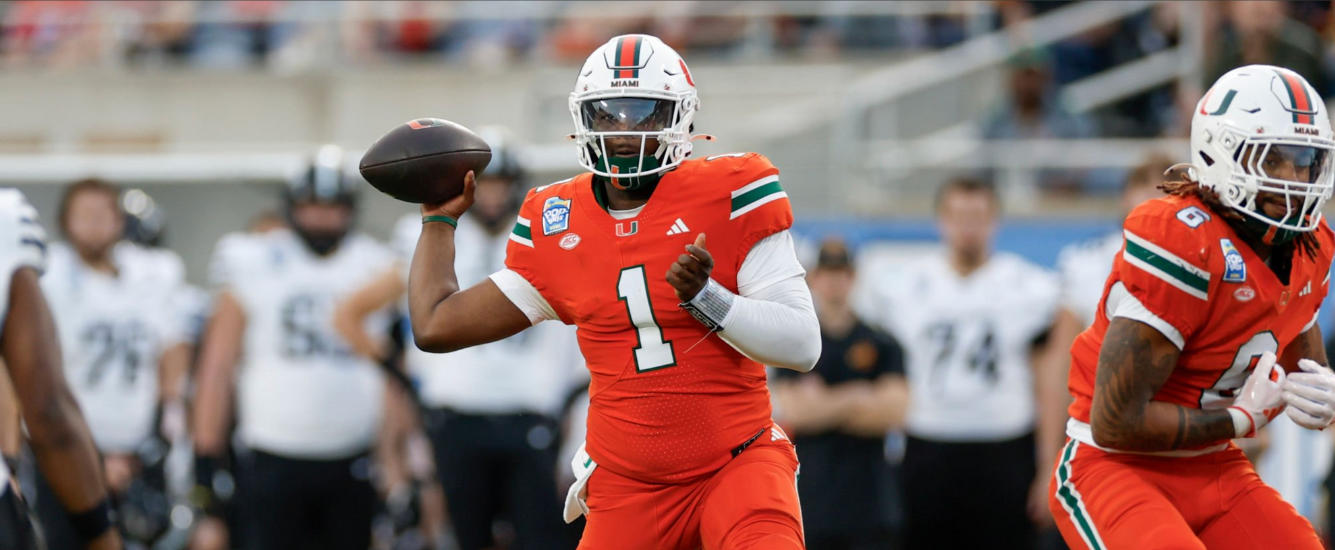Curtis Patrick shares his strategies and player targets for building a lineup that can win the grand prize in the 2021 FFPC Playoff Challenge or the FBG Playoff Challenge.
Update – 4:28PM EST, 1/7/21 – AFC Player Selection Grid
Update – 6:16PM EST, 1/7/21 – Browns COVID-19 Status
Update – 8:30PM EST, 1/8/21 – NFC Player Selection Grid
I love all playoff challenge-style contests, but the biggest and baddest one out there is the FFPC Playoff Challenge. It involves a combination of fantasy eliminator and DFS strategic thinking which makes it a unique contest on the fantasy calendar each year. The FFPC has posted two contests for 2021. Before I dive into the strategic thinking elements of building a lineup that can win, let’s quickly review the offerings for 2021.
Choose Your Path – Which Playoff Challenge is Right For You?
FFPC is offering two playoff contests again this year, both with a six-figure top prize.
The clear goal in either contest is to win, but I think it’s important to understand what the payback looks like for building a strong team that falls short. I’ve listed a few key payout thresholds below. The prize structure differs greatly between the two contests, with a fairly heavy concentration of the FBG contest prizes existing in the form of FFPC credit or FBG subscriptions.
Regardless of which contest you choose, the rules are the same. I can promise you’re going to have fun creating your lineup(s) in either of these contests. I’ll be entering both, but I personally prefer the setup of the FFPC Playoff Challenge.
The Rules
Each team build will consist of 12 players from any of the 14 NFL playoff teams, but only one player from each team can be selected for your roster.
Lineup structure:
1 – Quarterback
2 – Running Back
2 – Wide Receiver
1 – Tight End
4 – Flex (RB/WR/TE)
1 – Kicker
1 – Team Defense
Both contests use the FFPC scoring models which is PPR and TE premium (1.5 PPR for the position). Also, players get double points for the Super Bowl, so it’s extremely important that you get the Super Bowl teams correct. Depending on whether you’re a single bullet entry player or entering many lineups, it could change your tolerance for the various ways to create leverage.
Strategic Overview and Identifying Your Fades
Teams receive all fantasy points scored by the players/units on their teams. Once a player/unit is eliminated from the playoffs, no more fantasy points can be scored by that slot on your roster. How this translates to roster construction:
With 14 playoff teams and only 12 roster spots:
- Every roster will have to completely fade two teams and it will be probably be critical for those two teams to be teams that only play one game.
- In addition to completely fading two teams, each roster will have exposure to at least four other roster spots that only play one game, and it could be more depending on whether upsets of a 1-seed occur in the divisional round.
As you can tell, creating the optimal lineup involves strategically selecting the four teams you’re willing to fade; two full fades and two partial fades. To identify full fades, consider which teams will play only one game and could potentially post a low team total where no player has a boom game.
Identifying the two partial fades is a bit trickier. The most obvious way to partially fade a team is to choose the kicker or team defense since these positions generally have less upside than offensive skill positions if those teams advance through the tournament further than expected. However, there are certain scenarios where a one-loss could experience a game environment that would place a position player in the optimal lineup due to a high-end outlier performance.
If you plan to build a lineup that projects this type of game, I think it makes the most sense to choose a game from the Wild Card Round for that partially-faded team to create leverage. The only teams that can be one-and-done in the Divisional Round are the 1-seeds, Kansas City and Green Bay. If your bracket involves either of those squads losing its first game, it probably makes better strategic sense to fully fade that team to create leverage against the field. It will feel dangerous, but Kansas City and Green Bay players will probably be rostered in 99 percent or more entries.
I’ll expand on this type of thinking below. But before you read any further, it’s time to hit pause and check out Blair Andrews’ FFPC Playoff Challenge Fantasy Projections. He enlisted the RotoViz Screener and 538 analytics at a master’s level to build a projected fantasy output model. His piece will help you begin to narrow your player pool.
















